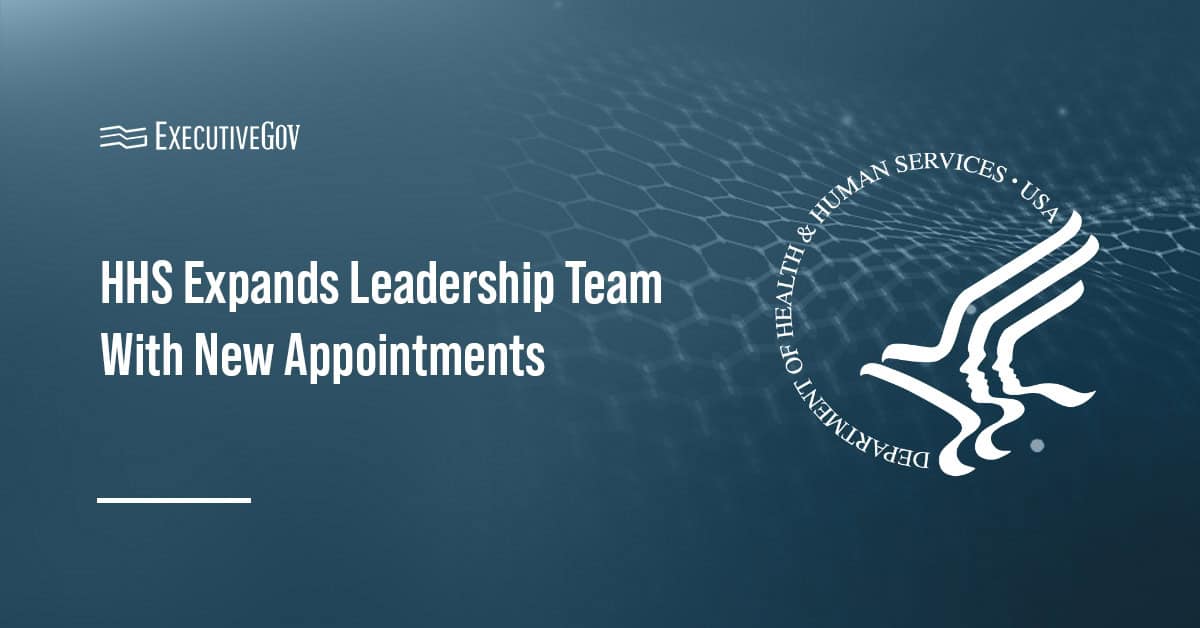 NASA is set to conduct the last in a series of tests to qualify the use of the Orion spacecraft’s parachute system for missions to the moon and other outer space locations.
NASA is set to conduct the last in a series of tests to qualify the use of the Orion spacecraft’s parachute system for missions to the moon and other outer space locations.The eighth and final test of Orion’s parachute system will take place on Sept. 12 at Yuma Proving Ground, Ariz., the space agency said Friday.
The Orion test unit will demonstrate the parachute system as the capsule drops from over six miles above ground.
The system consists of 11 parachutes, forward bay covers, mortars and pyrotechnic instruments that work to decelerate the test capsule’s fall for safe landing.
Media entities interested to cover the event must contact Laura Rochon.
The upcoming uncrewed flight test for Orion on the Space Launch System rocket will use parachutes that are already prepared in-capsule at Kennedy Space Center.





